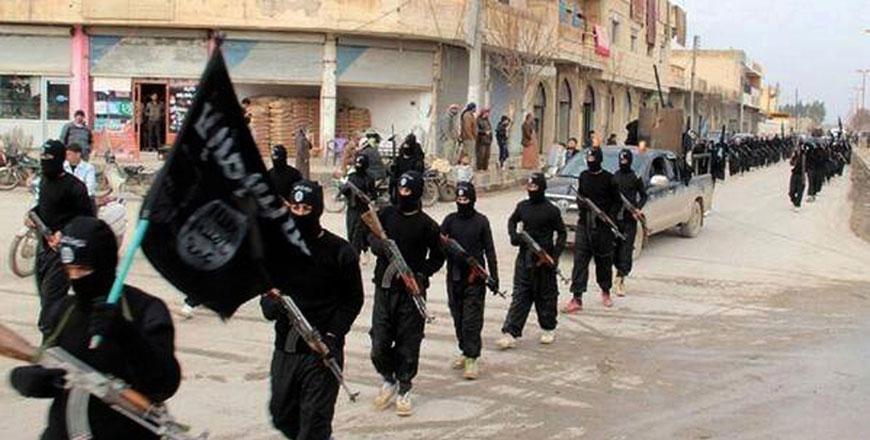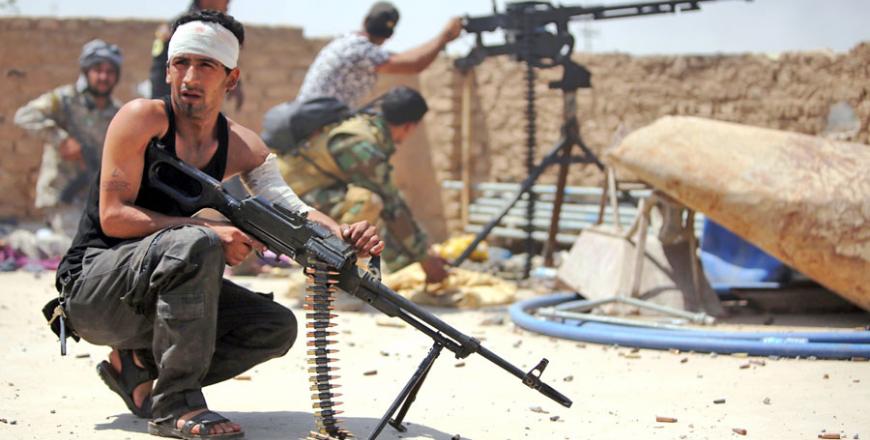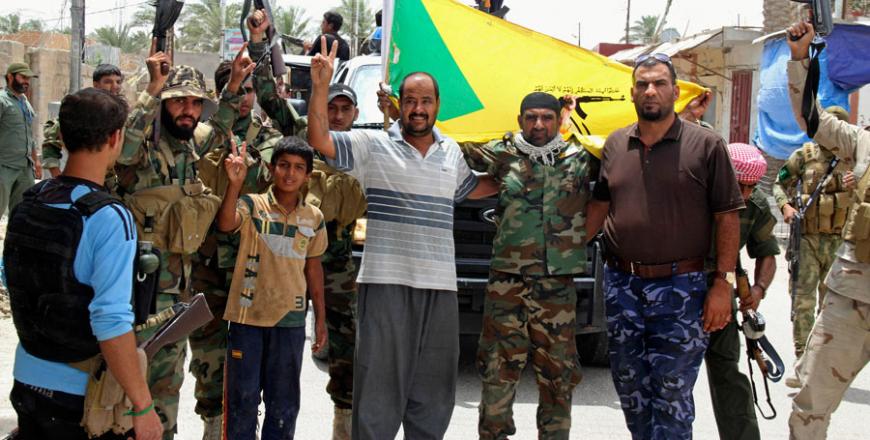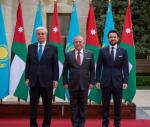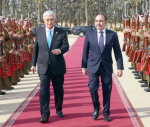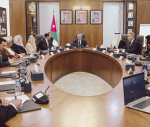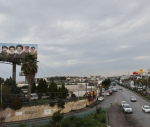You are here
Shiite militias advance on Daesh insurgents near Iraq’s Ramadi
By Reuters - May 23,2015 - Last updated at May 23,2015
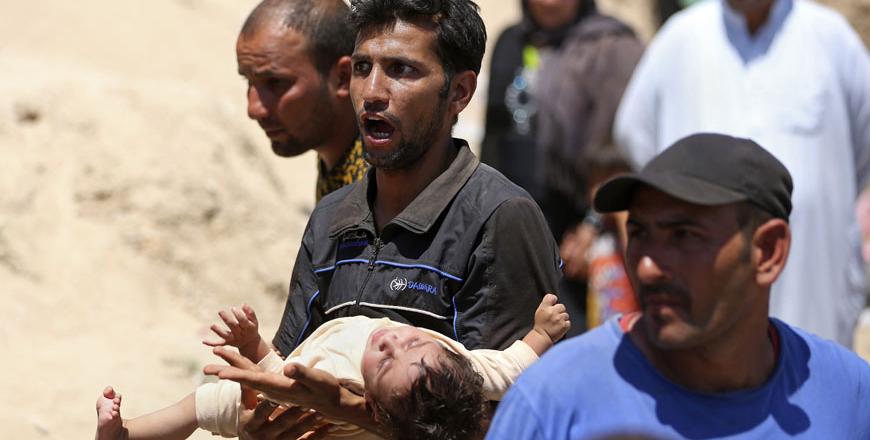
In this file photo, displaced Iraqis from Ramadi cross the Bzebiz Bridge after spending the night walking towards Baghdad, as they flee their hometown, 65 km west of Baghdad (AP photo)
BAGHDAD/BEIRUT — Shiite Muslim militiamen and Iraqi army forces launched a counter-offensive against Daesh insurgents near Ramadi on Saturday, a militia spokesman said, aiming to reverse potentially devastating gains by the jihadi militants.
The fall of Ramadi, the Anbar provincial capital, to Daesh on May 17 could be a shattering blow to Baghdad's weak central government. The Sunni Muslim jihadis now control most of Anbar and could threaten the western approaches to Baghdad, or even surge south into Iraq's Shiite heartland.
Anbar provincial council member Azzal Obaid said hundreds of Shiite fighters, who had assembled last week at the Habbaniya air base, moved into Khalidiya on Saturday and were nearing Siddiqiya and Madiq, towns in contested territory near Ramadi.
Two police officers later told Reuters the pro-government forces, which they said included locally allied Sunni tribesmen, had advanced past those towns to within one kilometre of Husaiba Al Sharqiya, an Daesh-run town 7 kilometres east of the Ramadi city limits.
One officer said the Shiite-led forces exchanged fire with Daesh but there was no immediate word on casualties.
Jaffar Husseini, spokesman for Shiite paramilitary group Kataib Hizbollah, said more than 2,000 reinforcements had joined the pro-government advance and they had managed to secure Khalidiya and the road linking it to Habbaniya.
"Today will witness the launch of some tactical operations that pave the way to the eventual liberation of Ramadi," he told Reuters by telephone.
At the same time, Daesh units have been pushing towards Fallujah to try to absorb more territory between it and Ramadi that would bring them closer to Baghdad, the Iraqi capital, around 80km to the east.
Daesh has controlled Fallujah for more than a year.
Ramadi's loss is the most serious setback for Iraqi forces in almost a year and has cast doubt on the effectiveness of the US strategy of air strikes to help Baghdad roll back Daesh, which now holds a third each of Iraq and adjacent Syria.
Iraqi Prime Minister Haider Al Abadi, a Shiite, sent Shiite paramilitary groups out to Anbar to try to retake Ramadi despite the risk of inflaming tensions with the province's aggrieved, predominantly Sunni population.
But he had little choice given the poor morale and cohesion within government security forces.
A UN spokesman said on Friday that some 55,000 people have fled Ramadi since it was stormed by Daesh earlier this month, with most taking refuge in other parts of Anbar, a vast desert province that borders on Syria, Jordan and Saudi Arabia.
Daesh flag at Palmyra citadel
In Syria, Daesh fighters raised their flag over an ancient citadel in the historic city of Palmyra, pictures posted online overnight by the group's supporters showed.
The militants seized Palmyra, known as Tadmur in Arabic and strategically significant with nearby natural gas fields and roads leading southwest to Damascus, on Wednesday after days of heavy fighting with the Syrian army.
"Tadmur citadel under the control of the caliphate," read a caption on one picture posted on social media sites. In another, a smiling fighter is shown carrying the group's black flag and standing on one of the citadel's walls.
It was not possible to verify the images' authenticity.
US-led coalition forces have conducted a further 22 air strikes on Daesh positions in Iraq and Syria since Friday, including near Ramadi and Palmyra, the US military said.
Palmyra is home to a UNESCO World Heritage site, and Syria's antiquities chief has said the insurgents would destroy its 2,000-year-old ruins, including well-preserved Roman temples, colonnades and a theatre, if they took control of them. While hundreds of statues have been taken to safe locations, there are fears for larger monuments that cannot be moved.
Daesh destroyed ancient monuments and antiquities they see as idolatrous in areas of Iraq they captured last year.
Supporters have also posted videos they say show the group's fighters going room to room in government buildings in Palmyra searching for government troops and pulling down pictures of Syrian President Bashar Assad and his father.
Some activists have said more than 200 Syrian soldiers died in the battle for the city in the centre of Syria.
Related Articles
BEIRUT — Daesh fighters tightened their grip on the historic city of Palmyra in Syria, days after capturing a provincial capital in neighbou
BAGHDAD/BEIRUT — Daesh poured more fighters into Ramadi as security forces and Shiite paramilitaries prepared to retake the Iraqi city that
BAGHDAD — Iraq's Shiite paramilitaries announced on Tuesday they had taken charge of the campaign to drive Daesh from the western province o


